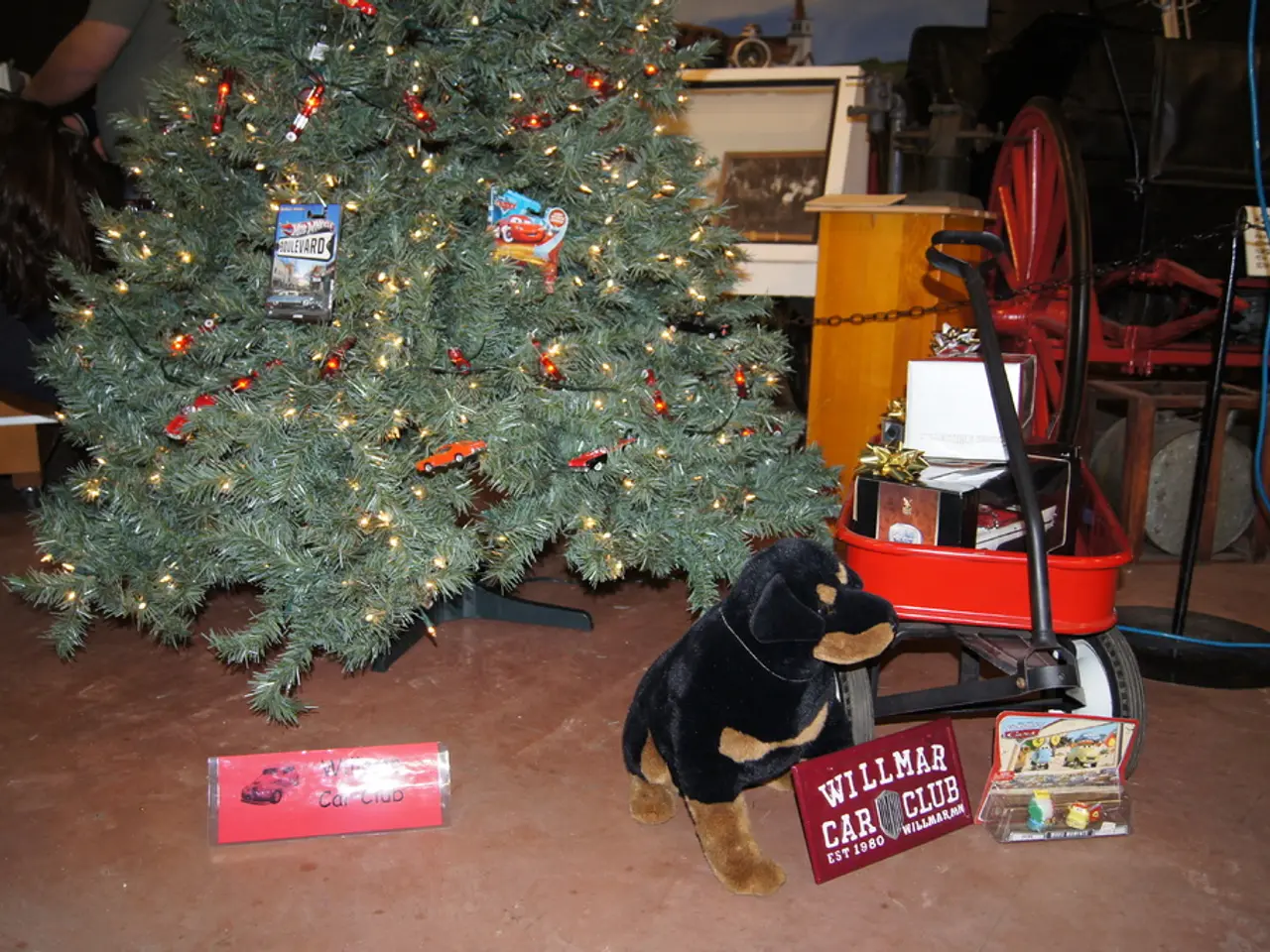Unusual Story Behind the Naming of 10 Groundbreaking Inventions
From the humble tea bag to the modern-day smart device, the objects that fill our homes and lives have captivating stories behind them. Here are some intriguing origin tales of common household items:
## 1. **Ping-Pong** In 1901, J. Jaques & Son trademarked the name "Ping-Pong," capturing the rhythmic sound of the ball bouncing between paddle and table. The game has since become a popular pastime worldwide, entertaining generations of players[1].
## 2. **Bluetooth** The name Bluetooth was inspired by a 10th-century Danish king, Harald "Bluetooth" Gormsson, who was known for uniting warring Danish tribes. The Bluetooth logo even incorporates the king's initials in ancient Norse runes[2].
## 3. **Velcro** Velcro, a multimillion-dollar industry, was named by combining the French words "velours" (velvet) and "crochet" (hook). This innovative fastener has revolutionised everything from clothing to space travel[3].
## 4. **Frisbee** College students at Yale University discovered that empty pie pans from the Frisbie Pie Company made excellent flying discs, leading to the creation of the Frisbee. The Frisbee has since become a beloved outdoor activity[4].
## 5. **Tupperware** Brownie Wise's innovative direct-sales approach through home parties made Tupperware a household name. The name "Tupperware" was created by combining the surname of Earl Tupper with "ware," a suffix denoting manufactured goods. This simple storage solution transformed into a social phenomenon that redefined food preservation and suburban culture[5].
## 6. **Clasp Locker** Whitcomb Judson invented the "Clasp Locker" in 1893, a complicated fastening system that was later improved upon by Gideon Sundback and renamed the "Separable Fastener." This invention laid the groundwork for the modern zipper[6].
## 7. **Scotchgard** The name "Scotchgard" was chosen to emphasise protection, conveying reliability and security. The product was designed to guard fabrics like a vigilant protector[7].
## 8. **First Bandage** Earle Dickson, an employee at Johnson & Johnson, created the first ready-to-use bandage in the 1920s to help his wife, Josephine, who was accident-prone and struggled with traditional bandaging[8].
## 9. **Zipper** The name "zipper" was coined by B.F. Goodrich for the sound it made, making it more marketable than any technical description[9].
## 10. **Silly Putty** The accidental mixture of boric acid with silicone oil by General Electric engineer James Wright during World War II resulted in the creation of Silly Putty, a popular toy that continues to delight children and adults alike[10].
## 11. **Spam** The name "Spam" for the canned meat product was chosen by a contest winner, but the exact meaning remains unknown[11].
## 12. **Scotchgard** (again) Patsy Sherman and Sam Smith discovered Scotchgard, a fluorochemical mixture that repelled water, oil, and other liquids, while working on rubber compounds in 1952[12].
## 13. **ChapStick** John Morton purchased the recipe for lip balm from Dr. Charles Browne Fleet and improved the formula, creating the first commercially viable lip balm, which he named "ChapStick"[13].
## 14. **Tupperware** (again) The name "Tupperware" was created by combining the surname of Earl Tupper with "ware," a suffix denoting manufactured goods, suggesting both personal craftsmanship and practical utility[14].
## 15. **WD-40** Norm Larsen created WD-40, a rust-prevention solvent, after 39 failed attempts in 1953, and the product was named for its numerical designation[15].
## 16. **Post-it Notes** Art Fry, another 3M employee, came up with the idea for Post-it Notes while looking for a better bookmark that wouldn't fall out of his hymnal[16].
These tales of invention and discovery serve as a reminder of the creativity and ingenuity that have shaped our world. From the everyday to the extraordinary, the stories behind our objects are as diverse and fascinating as the objects themselves.
Science and technology have played a significant role in the evolution of everyday objects, shaping our world and creating new opportunities for entertainment, communication, and convenience. For example, the name Bluetooth was inspired by a 10th-century Danish king, Harald "Bluetooth" Gormsson, known for uniting warring tribes, while the innovative fastener known as Velcro has revolutionized everything from clothing to space travel. Meanwhile, the popular toy Silly Putty was an accidental creation, born from the mixture of boric acid and silicone oil during World War II. These stories of invention and discovery highlight the creativity and ingenuity that drive technological progress and demonstrate the remarkable impact science and technology have had on our lives.




